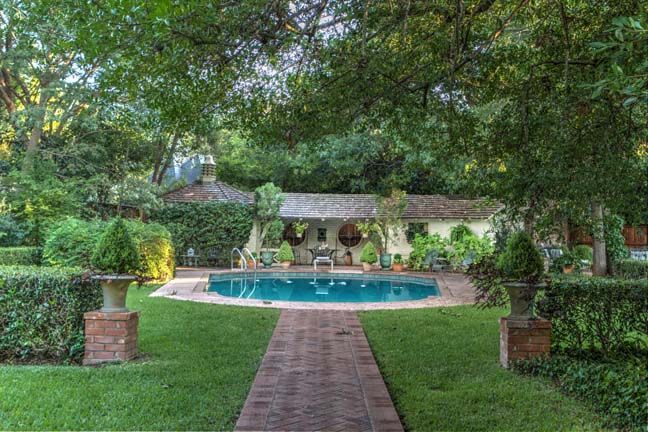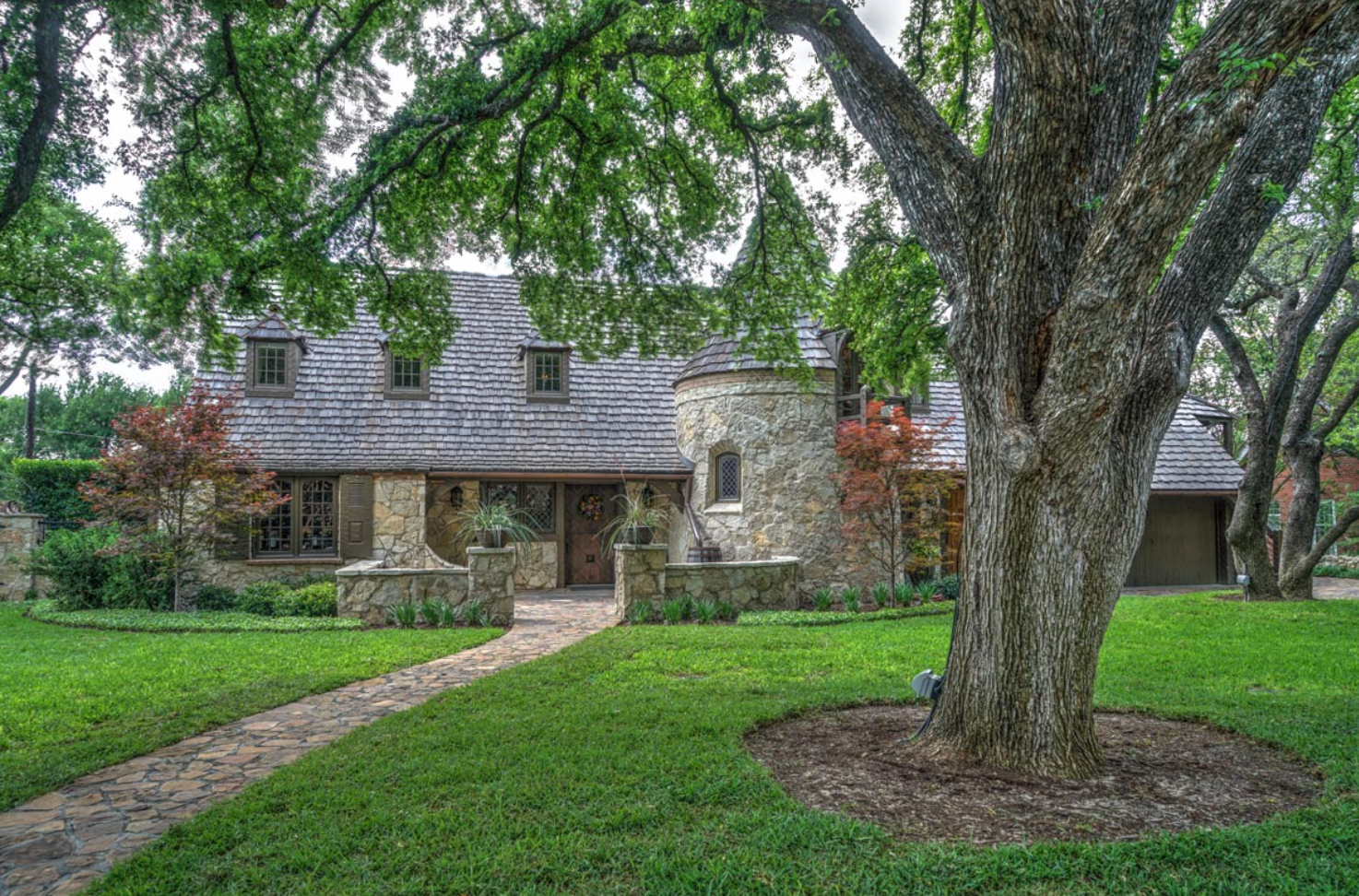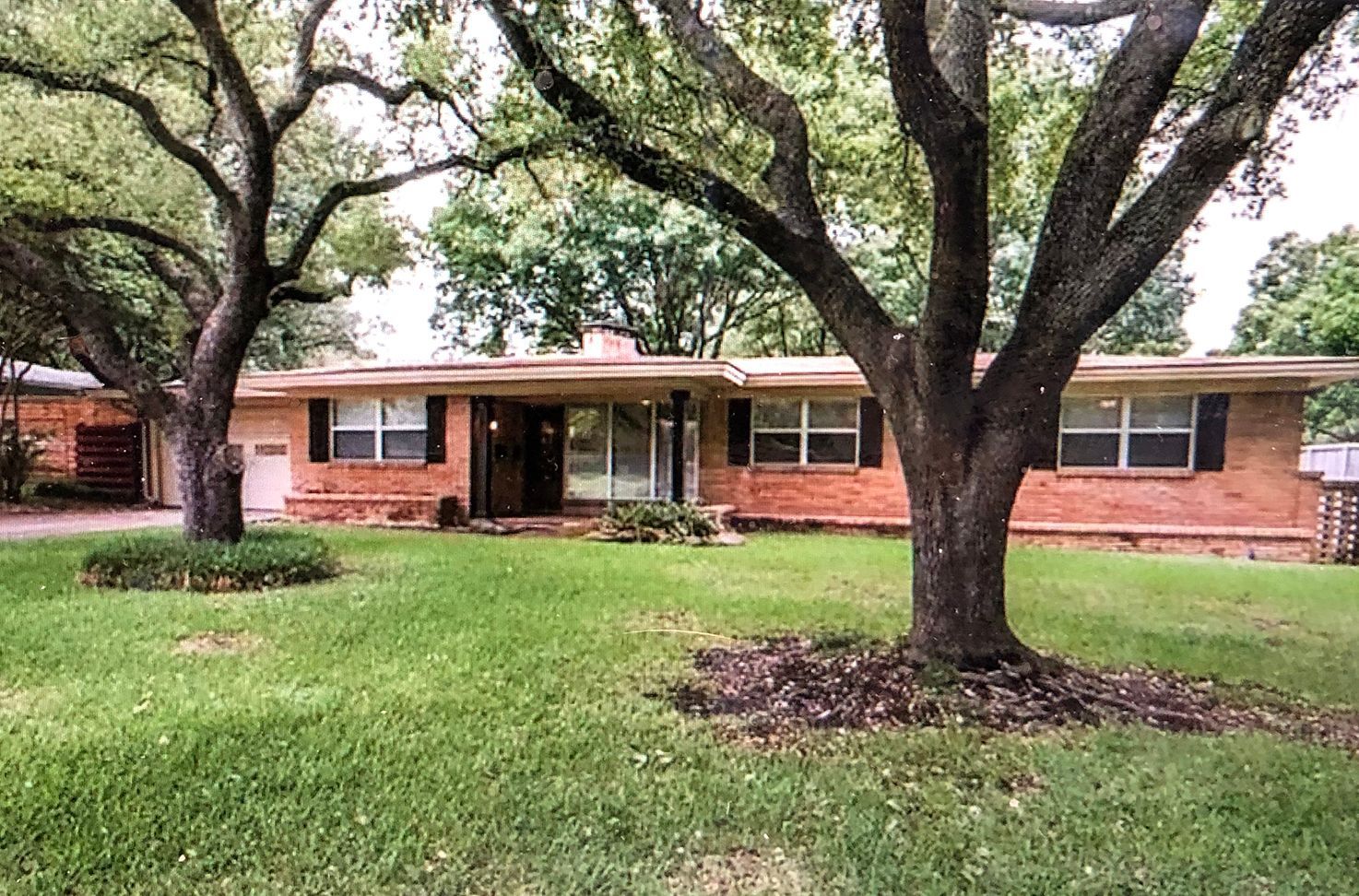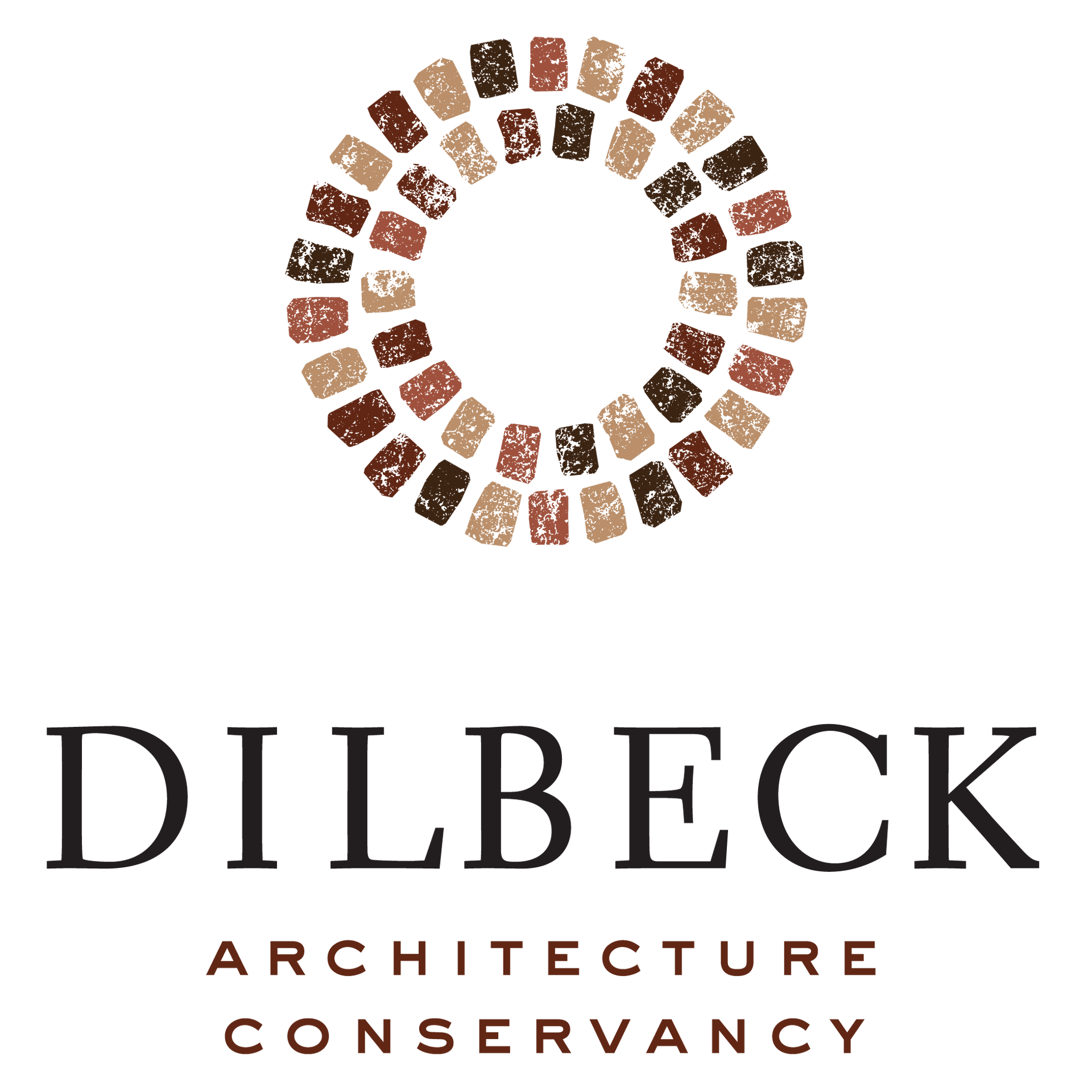News

BY NANCY MCCOY This charming pool house and residence built in 1940 is located in Preston Hollow and is significant architecturally as the work of Charles Stevens Dilbeck, for its landscape design by the Lambert Landscape Company, and for its original owner, W G Underwood, who was influential in Dallas’s movie theater and film distribution industries and the developer of the first drive-in theaters in Texas. It is also significant as the very first, and to date the only, Dilbeck residence to be landmarked in Dallas. If that is not shocking news, it should be! The current owner of this property chose to landmark it in order to deter a future owner from tearing it down. The city’s landmark ordinance protects properties like this one from demolition by requiring an arduous process before demolition can be permitted. The landmark ordinance also protects from inappropriate additions and changes, requiring review by the city’s historic preservation staff and the Landmark Commission. The process to become a landmark takes approximately 6 months or more, but the city can guide a homeowner and will help prepare the nomination through its Designation Committee of volunteer professionals. Alternatively, an owner can hire a professional to prepare the nomination. Answering the question “Should your Dilbeck be a Landmark?” is a complicated one but the Conservancy is here to help guide you. There are many Dilbecks out there that are worthy of landmark status, but perhaps their owners are unsure of the process and implications of pursuing this avenue of protection. For more information on the landmarking process in Dallas, see the next post here on that subject or contact the Dilbeck Conservancy and we will respond to you directly. Or visit the Office of Historic Preservation online: Home For more information on this property, see the landmark ordinance: Underwood House .

BY ERIKA HUDDLESTON Dilbeck’s residential millwork from the 1930’s was a mixture of custom and stock. But, today, replicating his millwork is a custom process. Hardware stores and lumber yards do not stock the precise profiles found in Dilbeck’s homes from almost 100 years ago. This 1936 house in the Cochran Heights neighborhood, for example, featured a master bedroom and bathroom addition from the 1970’s—resting on cinder blocks and unpermitted!— and when that aging structure was removed during the restoration, there were resulting missing lengths of baseboard, window stool, and door casing inside the original house footprint. It was an easy fix to remove a section of the original millwork and bring it to Davis Hawn Lumber’s millwork shop. Michael Morris there organizes a steel “knife” to be cut in the correct profile and then an unlimited length of trim can be cut to order. To match the old growth longleaf pine in the house from the 1930’s, the wood species Douglas Fir was specified for the new millwork. The grain is very similar to old pine when stained and it is denser than new pine. Matching the trim profiles seamlessly integrates a new addition with the original house — if that is the goal. Or it can imperceptibly restore a door or window.

BY BEVERLY RAY Growing up in Fort Worth, my friends and I loved to drive around and pick out our favorite houses dreaming of someday owning one like it. Mine was a beautiful limestone home on Simondale Drive on a big lot with a huge oak tree, flagstone walkway and a warm and inviting entry. Lovely diamond-shaped leaded glass windows on one side of the entry added to its charm. There was a big turret that came up the side with a rustic balcony accessed by French doors. The turret and roof were covered in wood shake shingles randomly applied and topped with a copper cone. An outdoor rustic wooden staircase led up to a second floor area that teased the imagination about what would be found at the top. Many, many years later my life moved from Texas to New York and on to California. My new husband and I were looking for a small home in Dallas, and the realtor was urged to show properties similar to that teenage dream house in Fort Worth. That picture in her mind led to finding and falling in love with a house on Lorraine, exactly as we’d described. It turned out to be a 1940’s Charles Dilbeck-designed one-story with the same shake roof, diamond-shaped leaded windows, and built of Texas limestone with heavy wood trim and latticework, screening one side of the porch. The typical Dilbeck round brick pilasters bordered the steps with flat tops for flower pots full of color. Another front entry was topped with a gabeled roof and the heavy wood columns and brackets typical of Dilbeck designs. Both wood entry doors had black iron decorative hinges and metal peek holes to see who was knocking. The big hexagonal chimney was magnificent with a round one attached, smaller and stepped down. There was a small iron door to the side for the firewood, just one more fanciful Dilbeck doodad to charm your sox off. Just imagine, It even has a stylize dovecote in the gable over the garage. Learning finally, that my long-loved teenage dream house was actually the work of noted Architect, Charles Dilbeck was enlightening. Once you learn the unique trademarks of his designs you will realize this architect’s intent was creating a warm and welcoming aura of hospitality to his homes. You’ll be happy to learn that there will soon be a book of Charles Dilbeck’s Homes by Willis Winters, the true fan and expert on CSD’s work, pointing out the many unique markers of this famed architect’s work. It will be a must-have photographic record and inside knowledge of the remaining Dilbeck Designs for all of us rabid fans to pour over while we continue the dream.

BY ERIKA HUDDLESTON This Dilbeck house in the Cochran Heights neighborhood was built in 1936. The original brick chimney appeared intact until the decrepit metal chimney cap was removed and suddenly the top line bricks were seen to be loose and were easily knocked off. The Portland Cement mortar had somehow detached from the brick due to moisture over time. To repair the chimney, the mason mixed a wheelbarrow of lime and cement mortar on-site and added shovels full of sand little by little until the mix color-matched the original. Historic bricks were found in the backyard from an old patio and they matched the “Crown” and “Ferris” stamps which were found on the loose chimney bricks. These extra bricks were unneeded because the loose bricks were just relaid on the chimney yet it was nice to know that the chimney could have been repaired with extra historic bricks! Extra old bricks with specific stamp markings can often be located on eBay, Craig’s List, and at Orr-Reed (in Dallas), for example. Charles Dilbeck used “Crown” and “Ferris” bricks to build this house and chimney— and they were dry pressed very close to Dallas in Ferris, Texas! Today, the little town of Ferris still has a small but charming Main Street and is famous for its bluebonnet trail in the spring. In and around the 1930’s, the Ferris Brick Company in Ferris supplied many of Dallas’ new buildings. In 1904, the Dallas Pressed Brick Company was founded in Mesquite… those bricks are found here and there, stamped with “DALLAS”. After a few hours of work, this 87 year old Dilbeck chimney was good as new for another 87 years!”

BY ELAINE MACINTIRE The picture of 7623 Midbury Dr. —pre 2019 tornado, which removed all of the trees—middle windows were my room and right end windows were Dad’s drawing and Mom’s sewing room— a house of much creativity! The first question someone asks me upon finding out that I am Charles Dilbeck’s daughter, is usually , “What was it like growing up in a Dilbeck ?”. In all honesty, I have to say that I was “the cobbler’s kid who had no shoes!”. Dad’s days were very busy designing and drawing many amazing houses, hotels and restaurants. So, we moved into a simple 3 bedroom, mid-century modern house, on Midbury Drive. At that time it was considered far North Dallas and very much a quiet family neighborhood. The plan was for us to live there for a few years until he would be able to create “our Dilbeck”. But the years flew by and the best laid plans were dormant until Dad approached retirement. Finally, he fulfilled a promise made to my Mom by designing the house of her dreams. As life would have it, they moved in the year I graduated from college. So, though I never grew up in “a Dilbeck”, I enjoyed many years of visits and special occasions in our family home. It was finally my dream come true and it was a time filled with memories I’ll always cherish---- memories that were made richer from living in a beautifully designed house made with love by a beautiful man, my Dad.

